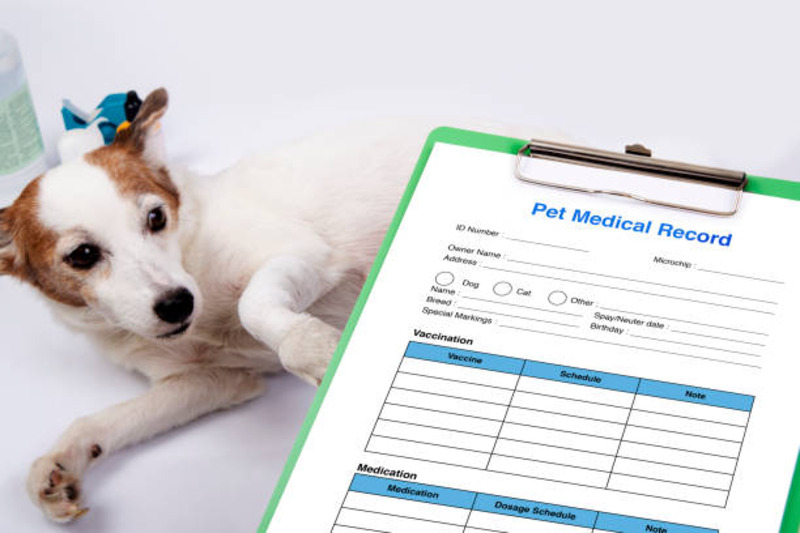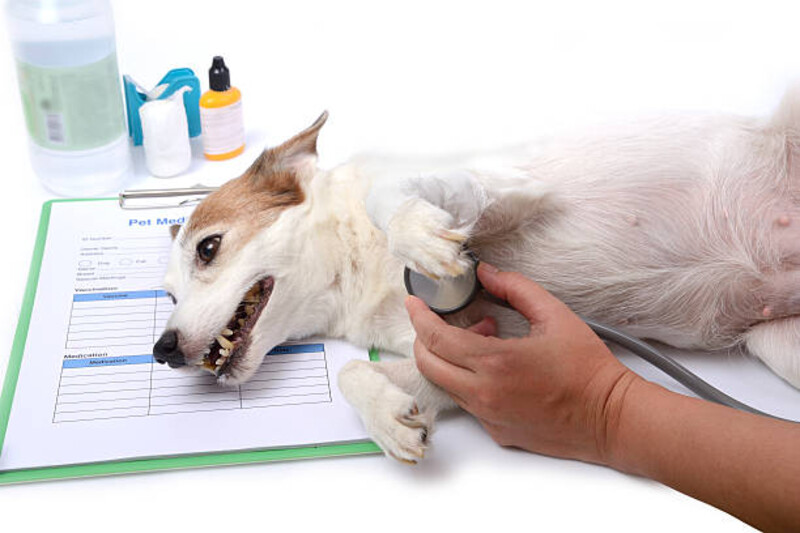When it comes to pet insurance claims, many pet owners often feel overwhelmed and confused by the process. The moment you file a claim, you set in motion a series of events that, while seemingly complex, are designed to ensure that your pet's healthcare needs are met promptly and efficiently. This article aims to demystify the process of pet insurance claims, providing clear insight into what happens after you've filed a claim and offering guidance to navigate this critical aspect of pet healthcare.
What is a pet insurance claim?
A pet insurance claim is simply a request for payment or reimbursement of medical expenses incurred for your pet's treatment. Pet insurance allows you to have peace of mind that, in case of unexpected accidents, illnesses, or injuries, you won't have to worry about the financial burden as your policy will cover a portion of the expenses. Before you can receive any reimbursement, you must file a claim to document your pet's medical treatment and costs.
A step-by-step guide to filing a pet insurance claim:

Filing a pet insurance claim can seem daunting at first, especially if it's your first time doing so. However, most pet insurance companies have simplified the process to make it as straightforward as possible. Here's a step-by-step guide to filing a pet insurance claim:
- Gather all necessary documents: Before you start the claims process, ensure that you have all the required documentation, such as your pet's medical records and itemized invoices from your veterinarian.
- Fill out the claim form: The majority of pet insurance companies have online portals where you can easily fill out the claim form. Make sure to provide accurate and complete information to avoid any delays in processing your claim.
- Attach supporting documents: Along with the completed claim form, you'll need to attach all relevant supporting documents, such as invoices, receipts, and medical records. Some companies also require a signed statement from your veterinarian.
- Submit the claim: Once you have completed all necessary forms and attached supporting documents, submit your claim to the pet insurance company. This can usually be done through email, mail, or directly on their online portal.
- Wait for processing: After submitting your claim, you'll need to wait for it to be processed by the insurance company. The processing time can vary, but most companies strive to process claims within a few business days.
- Receive reimbursement: If your claim is approved, you'll receive reimbursement for the covered expenses according to your policy's terms and conditions. Depending on your insurance company, you may receive the reimbursement through direct deposit or via check in the mail.
What happens after your pet insurance claim is processed?
After your pet insurance claim is processed, there are a few possible outcomes:
- Approved: If your claim is approved, you'll receive reimbursement for the covered expenses according to your policy's terms and conditions.
- Denied: In some cases, a claim may be denied if it doesn't meet the eligibility criteria or if the expenses incurred are not covered by your policy. However, most insurance companies will provide a reason for the denial, and you may be able to appeal the decision.
- Pending or incomplete: If there is missing information or documentation in your claim, it may be marked as pending or incomplete. In this case, you'll need to provide the necessary information for the claim to be processed.
- Partially approved: In some cases, a claim may be partially approved if only certain expenses are covered by your policy. You'll receive reimbursement for the approved expenses, and any remaining costs will have to be paid out of pocket.
Timelines and Expectations:

It's important to keep in mind that the timelines for processing pet insurance claims can vary depending on the insurance company and the complexity of your claim.
- Timeframe for Filing a Claim: Understanding the deadline for submitting a claim after a pet's illness or injury.
- Processing Time: Realistic expectations on the time taken by the insurance company to review and process the claim.
- Reimbursement Expectations: A guide to how and when you can expect to receive insurance payouts.
- What Influences Claim Processing Times: An exploration of factors such as the complexity of the claim and workload of the insurance company that can affect the processing timelines.
- Claim Status Updates: The importance of staying informed about the status of your claim and the channels through which such updates are communicated.
- Understanding Policy Payout Limits: An explanation of how your policy's payout limits can affect the claim process and reimbursement timelines.
Tips for Navigating the Pet Insurance Claims Process:
While navigating the pet insurance claims process may seem daunting, there are some tips you can follow to make it smoother and less stressful:
- Keep accurate records: From your pet's medical history to receipts and invoices, it's crucial to maintain detailed records of your pet's health care expenses. This will make it easier to file a claim and provide all necessary information promptly.
- Understand your policy: Take the time to read through your policy thoroughly and familiarize yourself with its coverage and exclusions. This will help you set realistic expectations for reimbursement amounts and understand why a claim may be denied.
- Communicate with your veterinarian: Your veterinarian plays a vital role in the claims process, so it's essential to keep them informed and involved. They can provide necessary documentation and answer any questions that may arise during the adjuster's review.
- Follow up if needed: If you experience delays or have concerns about your claim, don't hesitate to follow up with your insurance provider. They can provide updates and address any issues that may arise.
- Consider pre-approval: Some pet insurance providers offer pre-approval for certain procedures or treatments, which can expedite the claims process and reduce stress when it comes to paying for your pet's medical care.
Conclusion:
Filing a pet insurance claim may seem daunting at first, but with the right information and preparation, it can be a straightforward process. Keeping accurate records, understanding your policy, and communicating with your veterinarian and insurance provider are key to navigating the claims process successfully. Remember to always follow up if needed and consider pre-approval for certain procedures to make the process smoother. By having pet insurance, you can provide your furry family member with the best possible care without worrying about the financial burden.

Bank Of America Travel Reward Credit Card 2022

Best Secured Business Credit Cards

The Best Freeway Auto Insurance Review 2023

An Extensive Trinity Debt Management Review

Exactly what is a BCL (bank confirmation letter)?

Beware: These Latest Scams Are Threatening Your Online Security

What Are The Mechanisms Behind The Stock Market

5 Best Checking Accounts for US Expats

Difference Between Co-Signing Vs. Co-Owning a Car

Dealing with a Missing Security Deposit: Tips for Tenants

Understanding Auto Loans: A Comprehensive Guide
